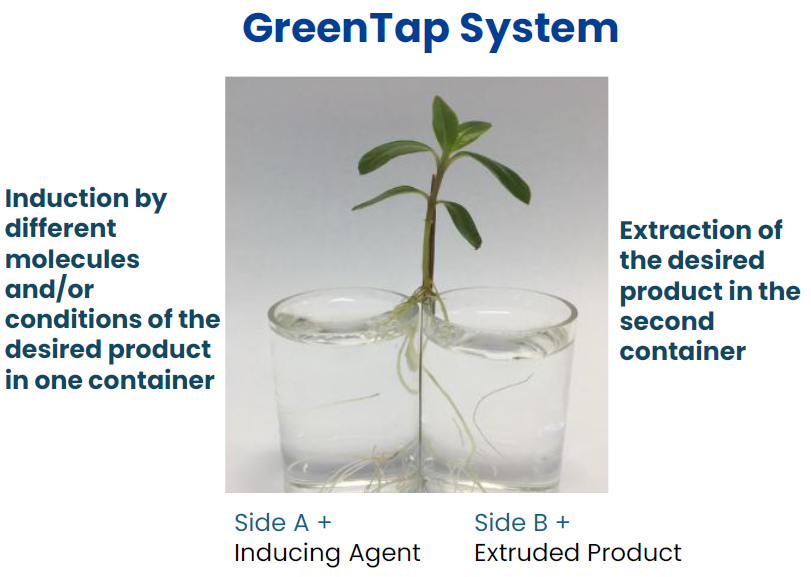6029
Overview
A method for inducing and extracting valuable plant metabolites without damaging the plant or interfereing with compound formation. This system enables efficient metabolite extraction and facilitates the discovery of new plant-derived compounds, addressing the challenges of complex synthesis and destructive harvesting from natural sources.
Applications
- Production of Bioactive Compounds: Increases yield of plant metabolites used in pharmaceuticals, food, and cosmetics.
- Novel Metabolite Discovery: Provides a platform for identifying new plant-based compounds with potential industrial applications.
- Flexible Extraction System: Can be tailored to various plants and metabolites by adjusting stimulants and extraction conditions.
Differentiation
- Non-Destructive Method: Preserves plant health while allowing continuous metabolite extraction.
- Optimizable System: Extraction can be fine-tuned for specific compounds, enhancing efficiency and versatility.
Development Stage
The system has been tested with numerous plant species to produce and collect a number of metabolites, including alkaloids in tomato plants, taxol and other taxanes in Taxus baccata, and vinca alkaloids in Catharanthus roseus.

Patent Status:
USA Granted: 12,232,496
Contact for more information


